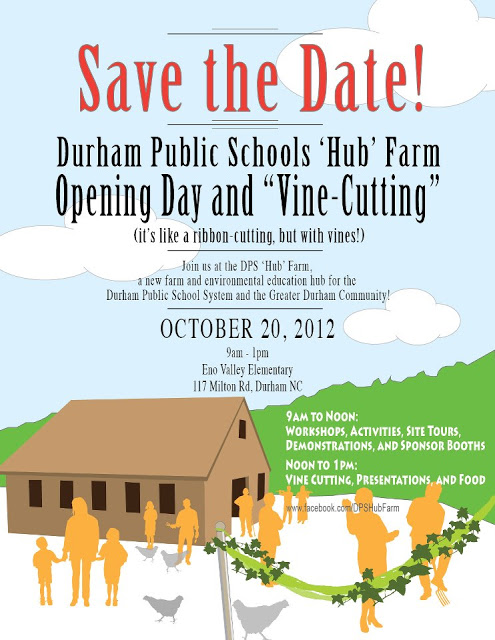Track Out Days and other Fun Things
Several parks in Wake County are holding sessions for track out kids/homeschoolers next week, the last week in October. See these and other fun outdoor things to do with your kids below:
 |
| Source: http://momentum.bigfuel.com/2012/07/ is-the-social-mom-a-night-owl-or-early-bird/ |
On Monday October 29th, Lake Crabtree County Park in Morrisville is having "Amazing Owls." Learn about the unique adaptations of owls and find out which species call Lake Crabtree home. Discover what an “owl pellet” is, and see what’s hiding inside. You’ll learn how to identify common owls by their calls and learn about their habitats and food webs. Pre-registration is required.
On Tuesday the 30th- Thursday the 1st, Historic Yates Mill Park is having "Aquatic Adventures." Join us for one, two or all three days of Aquatic Adventures. Experience hands-on, outdoor science and learn all about water, water power and the critters that call our pond home. Children in Grades K-5 will participate in curriculum-correlated activities, both together and by grade-level.
 |
| Source: http://www.pleasureislandnc.org/fort-fisher-aquarium/ |
On Friday, November 16th, the Aquarium at Fort Fisher is hosting a family sleepover event titled "Stars and Fishes." Ever wondered what happens when the sun goes down at the North Carolina Aquarium at Fort Fisher? Bring the family and your pillows to see for yourself.
“Stars and Fishes” sheds light on the wonders of the night inside and outside the Aquarium doors. Star-gaze, learn to identify constellations and discuss the nocturnal behavior of local animals on a guided, night hike. Educators bring the outside in with live-animal presentations, too.
When it’s time for bed, you won’t need a night light. Drift off to sleep watching sharks, rays and other animals swim in the two-story Cape Fear Shoals habitat. Wake in the morning to complete the adventure with a private, guided tour of the Aquarium.
Visit our calender for more events near you!














